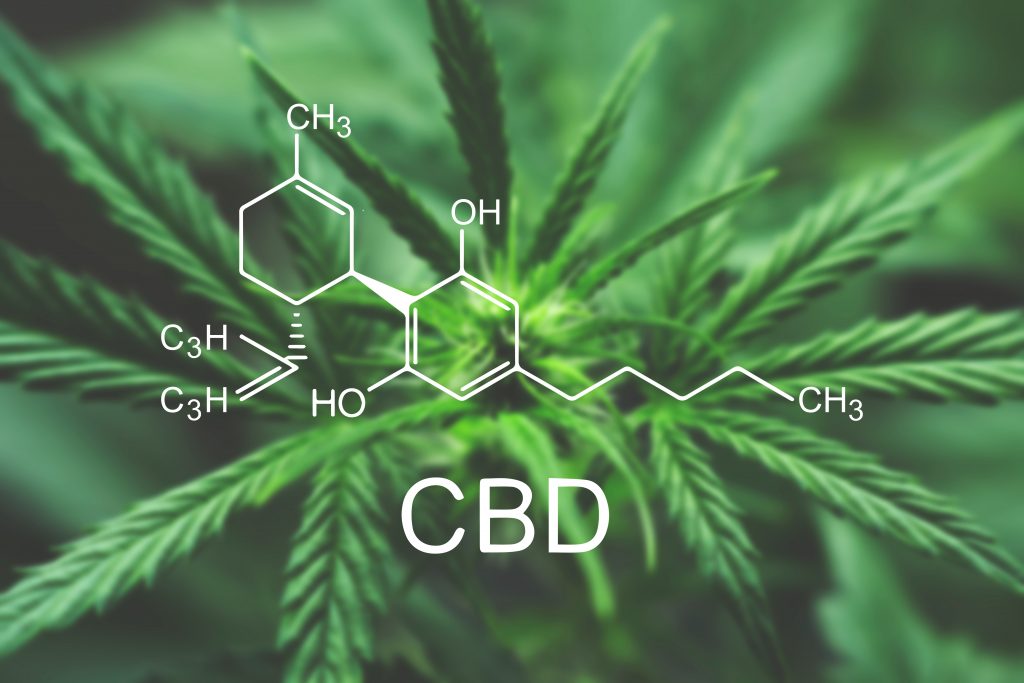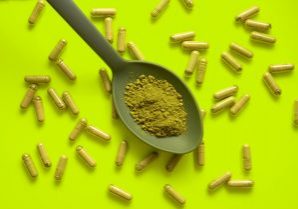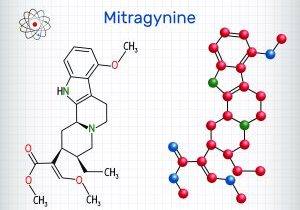Do you know how reported effects of CBD happen inside your body?
CBD interacts with the endocannabinoid system in our body and causes different types of positive benefits. There are a number of layers to how those interactions happen. There is even talk about how cannabinoids, in general, can have effects on other receptors on the body; we’re sure to learn more and more as research into CBD continues.
Today, we’re learning about how 5-HT receptors are affected by CBD. If you aren’t familiar with either of these things, don’t worry! We’ll give a complete rundown as we continue educating customers like you about CBD and the science behind it.
How CBD Interacts With Endocannabinoid Receptors
Before we get into the details of what the 5-HT receptors are and why they matter with CBD, let’s talk about the endocannabinoid system (ECS).
The endocannabinoid system is a system that specifically receives signals from cannabinoids such as CBD and THC. The system is made up of receptors, enzymes, and other bits that process various body reactions. The system can have effects on pain, appetite, emotions, and more.
While CBD does interact with CB1 and CB2 (the primary endocannabinoid receptors), there are other receptors outside of the ECS that interact with CBD more strongly.
5-HT Receptors and CBD
One of the receptors that interact with CBD very effectively is the 5-HT receptor. Specifically, CBD interacts with the 5-HT1A receptor.
What Is The 5-HT1A Receptor?
The 5-HT1A receptor is a serotonin receptor. Serotonin receptors work in the central and peripheral nervous systems to regulate and stimulate a wide variety of both biological and psychological functions in the body.
The 5-HT1A has been shown to have effects in numerous of the body’s processes, and there may be more areas of influence that have yet to be studied. We can’t get into all of the science here for the risk of sounding like doctors (we aren’t!), but we do encourage you to find out all you can about potential benefits from reputable sources.
5-HT1A is just one of many 5-HT receptors. This family of receptors is known more generally as serotonin receptors because serotonin is used to regulate related functions. Because of the wide variety of areas that 5-HT receptors can affect, a lot of pharmaceutical drugs are created to interact with these receptors.
CBD Binds To 5-HT1A
Studies have shown that certain amounts of CBD can activate the 5-HT1A receptor and cause changes in the body’s biological and psychological state. This means that CBD could have effects on any of the systems or areas under study for affect by the 5-HT1A system.
Stress, in particular, has been studied with regard to how CBD and 5-HT1A interact. Early studies show that CBD may help to slow the effect of stress on the body, but more research still needs to be done to confirm this.
CBDa, which is a precursor to the formation of CBD found in live plants, has very strong reactions with 5-HT1A as well. Since it binds more strongly than CBD to these receptors, there is interest in doing more studies about how CBDa might be used to enhance a number of other structures and functions in the body.
Beyond 5-HT1A
As mentioned, CBD binds with different types of receptors in the body. Each time it is able to bind strongly with receptors in the body, there is a chance that some positive benefits may happen.
Most of the time, we focus on what reactions the receptors have when CBD binds with them, but we also need to talk about what doesn’t happen when CBD binds with them!
Anytime a receptor binds with a molecule, the receptor is no longer available to other molecules. Sometimes a stronger match will come along that causes the molecules to sort of swap places, but the receptor cannot typically be activated by multiple molecules at one time.
Because of this, CBD can be referred to as a reuptake inhibitor. Let’s explore what this means!
CBD Blocks Other Molecules
To understand how CBD blocks other molecules and what this could mean for the body, let’s walk through the molecule-receptor binding process.
- 1. Binding proteins bring molecules into cells or near enough to them to react. Some receptors are on the inside of cells; some are on the outside. Regardless, most molecules need to be carried in on certain fatty proteins to be able to make it through the protective layers.
- 2. CBD is very attracted to these fatty proteins. Often, it will beat out other molecules when being picked up by the proteins. This means that CBD gets into the cells rather than another molecule.
- 3. CBD prevents the breakdown of other substances because it binds to receptors and proteins instead of them; thus, it can act as an inhibitor.
Let’s talk about a more specific example to help you understand.
There are scientific studies that support the idea of CBD being a beneficial substance. How might it benefit the body? For example, when CBD is picked up by proteins instead of a substance known as adenosine, less adenosine is broken down.
Higher levels of adenosine mean that more adenosine binds to A1A and A2A receptors. These receptors are responsible for blood flow, and increased blood flow may contribute to wellness. In some cases, issues may be caused by a lack of adenosine because the body is processing it too quickly.
CBD, it seems, can help to prevent that.
More CBD Science
Are you interested in learning more about CBD science? Great!
One of the things that we pride our business on is that we take time to educate our customers about more than just our specific products; we also love sharing more about the science behind them!
CBD, in general, is still a widely misunderstood substance even as it grows in popularity. Many people do not understand how or why it works, so we have created a number of informational guides to facets of that information.
Here are a few of our most popular informational articles:
- • All about cannabinoids (and how they play into cannabis)
- • Basic CBD information
- • Basics of the endocannabinoid system
- • What are terpenes and flavonoids?
- • Different cannabinoids (including CBD)
To stay updated with the information we share on our resources blog, you can visit the blog here!











